1. Introduction: The Viral “Twin Serpent Sisters Pizza”
Pizza Hut recently unveiled a bold new product: the “Twin Serpent Sisters Pizza”, which quickly became a hot topic on Chinese social media. This pizza features two serpent-shaped toppings—one green and one white—inspired by the mythical “White Snake” and “Green Snake” sisters from Chinese folklore. Priced at $4 (¥29) for a single serpent or $8 (¥58) for both, the pizza initially piqued curiosity with its eye-catching marketing and unique design. However, the initial hype soon gave way to widespread criticism as customers discovered a significant discrepancy between promotional images and the actual product.
2. Consumer Backlash: Reality vs. Promises
The pizza’s promotional materials showcased elegantly coiled serpents adorned with artistic garnishes, but the reality was far from appealing. Many customers took to social media to share photos of poorly shaped, unevenly baked serpents that bore little resemblance to the mythical creatures depicted in the ads. One viral post quipped, “This isn’t a pizza—it’s a failed art project!”
Key Issues Reported:
- Inconsistent Shapes: The serpent designs varied widely from store to store, as chefs lacked standardized molds and relied on freehand shaping.
- Post-Baking Deformities: Even well-shaped dough often warped or collapsed during baking, resulting in unappetizing final products.
- Overcompensation with Toppings: To mask imperfections, stores heavily sprinkled powdered sugar or matcha, further alienating customers who expected a savory meal.
Pizza Hut attempted to mitigate the damage by offering free drinks and snacks to dissatisfied customers, but the gesture did little to salvage its reputation.
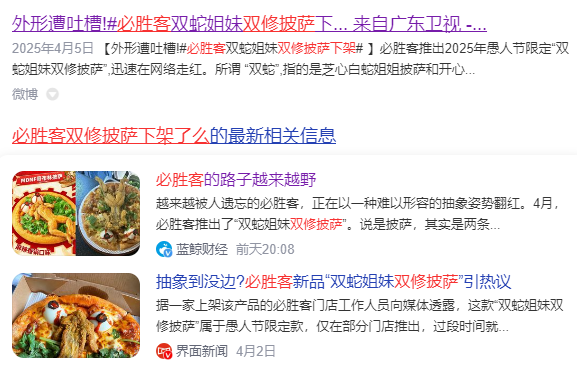 A customer’s photo showing the stark difference between the promotional image and the actual pizza received.
A customer’s photo showing the stark difference between the promotional image and the actual pizza received.
3. Behind the Scenes: Why Did Pizza Hut Release This Pizza?
The “Twin Serpent Sisters Pizza” is not an isolated incident. Pizza Hut has a history of launching bizarre products in Asian markets, driven by the pressure to innovate amid declining sales.
Failed Experiments in Asia:
- Goblin Pizza (2024): A Halloween special featuring a fried frog with plastic eyeballs, dubbed a “visual disaster” by critics.
- Herbal Turtle Pizza: A Taiwan-exclusive pizza shaped like a turtle, criticized for its unappetizing appearance.
- Attack on Titan Pizza (Japan): A collaboration that backfired due to its messy, unrecognizable design.
These products reflect a desperate attempt to regain relevance as Pizza Hut’s “premium Western dining” image fades in Asia. With cheaper, tastier alternatives flooding the market, the brand struggles to justify its high prices.
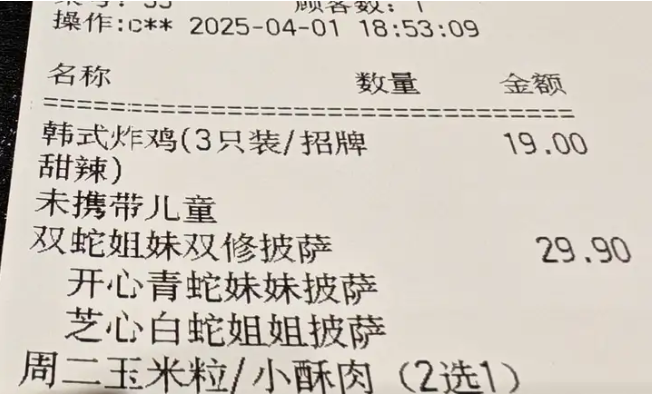 The Goblin Pizza, one of Pizza Hut’s bizarre product launches in Asia.
The Goblin Pizza, one of Pizza Hut’s bizarre product launches in Asia.
4. The Root Cause: A Brand Identity Crisis
Pizza Hut’s identity crisis began decades ago. In the 1990s–2000s, it was synonymous with upscale Western dining in China. Today, its menu—ranging from traditional pizzas to localized oddities like “Slow-Cooked Chicken Soup” and “Baozi Pizza”—lacks coherence.
Key Factors Driving Decline:
- Loss of Premium Appeal: As Western cuisine became commonplace, Pizza Hut’s “luxury” tag lost its allure.
- Failed Localization: Attempts to cater to local tastes (e.g., adding Chinese dishes) backfired, as customers saw no reason to pay premium prices for ordinary meals.
- Rushed Innovations: Under pressure to meet corporate KPIs, Asian branches prioritize quantity over quality, leading to half-baked concepts like the serpent pizza.
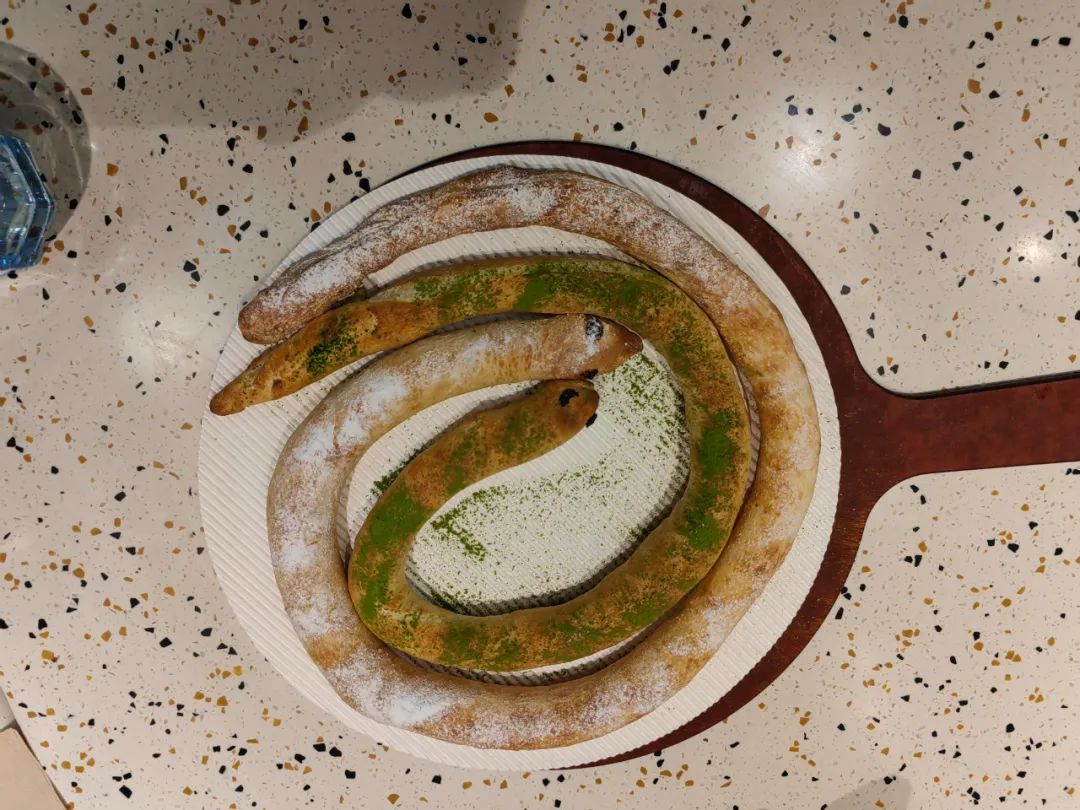 Pizza Hut’s menu, now a mix of traditional and localized items, lacks a clear identity.
Pizza Hut’s menu, now a mix of traditional and localized items, lacks a clear identity.
5. Broader Market Pressures
Pizza Hut’s struggles mirror challenges faced by Western fast-food chains in Asia. In 2020, NPC International—Pizza Hut’s largest U.S. franchisee—filed for bankruptcy, citing “lack of menu innovation and clear strategy”. This triggered a global push for novelty, but Asian markets bore the brunt of chaotic experimentation.
Competitive Landscape:
- Rising Local Brands: Affordable, high-quality alternatives like 达美乐 (Domino’s China) and 尊宝披萨 (Zunbao Pizza) dominate the market.
- Consumer Shift: Younger generations prioritize value-for-money and authenticity over outdated “premium” labels.
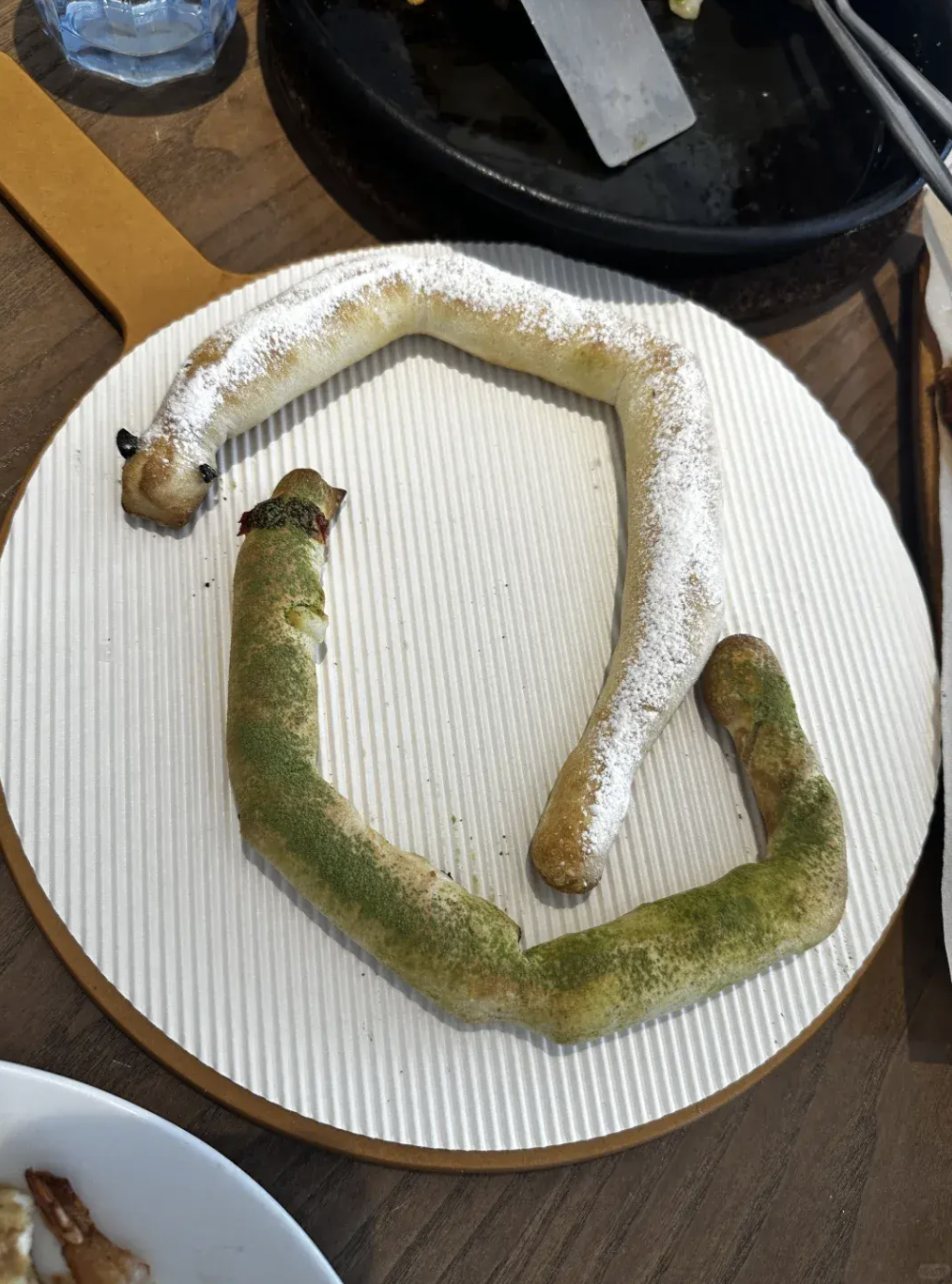 Domino’s China, a rising local brand that offers affordable, high-quality pizzas.
Domino’s China, a rising local brand that offers affordable, high-quality pizzas.
6. What’s Next for Pizza Hut?
Analysts suggest Pizza Hut should:
- Return to Basics: Focus on improving core products like classic pizzas instead of gimmicks.
- Reposition Pricing: Align prices with competitors to reflect its current market standing.
- Embrace Authenticity: Avoid forced localization and invest in R&D for genuinely appealing fusion dishes.
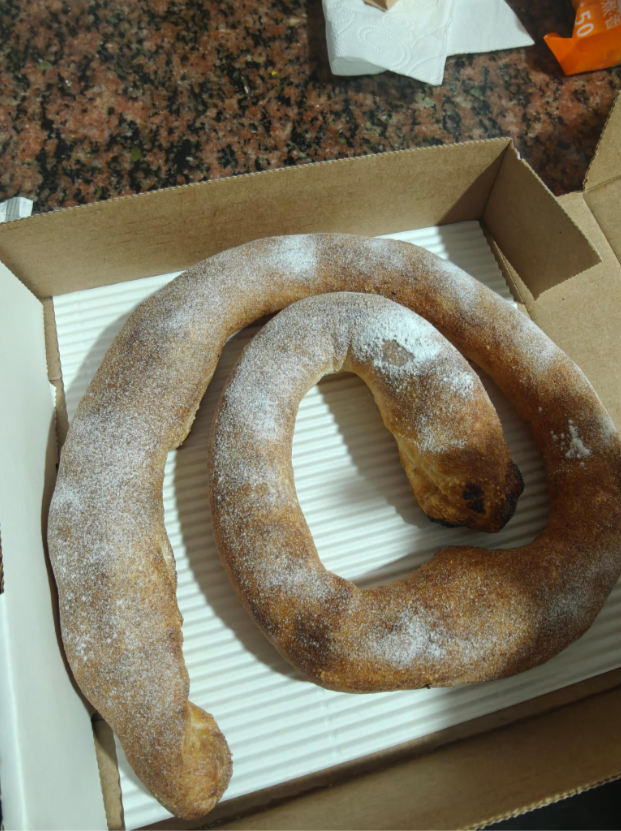 Pizza Hut should focus on improving its classic pizzas to regain customer trust.
Pizza Hut should focus on improving its classic pizzas to regain customer trust.
7. Conclusion: A Cautionary Tale
The “Twin Serpent Sisters Pizza” debacle underscores the risks of prioritizing novelty over quality. While innovation is crucial, brands must balance creativity with consumer expectations. For Pizza Hut, the path forward lies in rebuilding trust through consistency—not viral stunts. By returning to its roots, focusing on core products, and embracing authenticity, Pizza Hut can regain its place in the hearts of consumers.
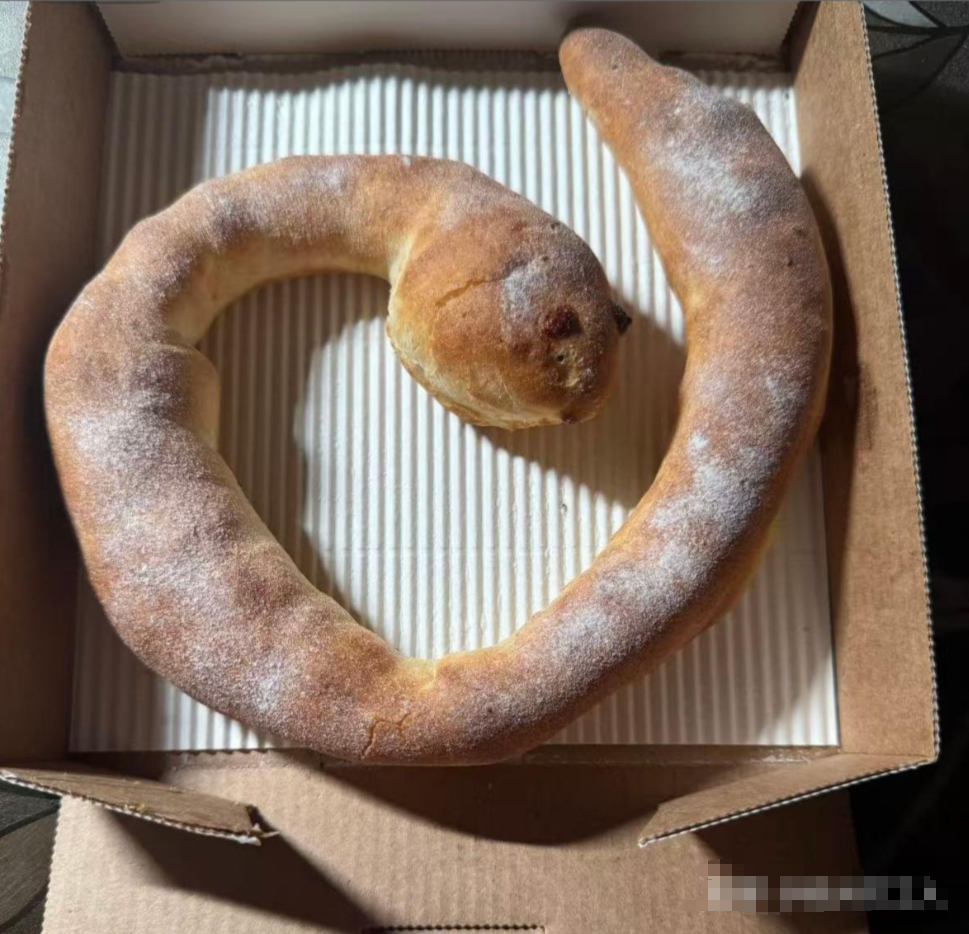 Pizza Hut needs to redefine its brand identity and regain customer trust.
Pizza Hut needs to redefine its brand identity and regain customer trust.
